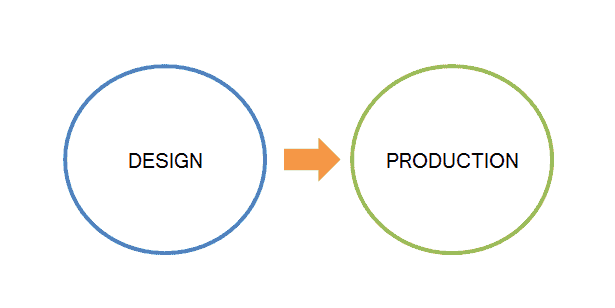5 Tips for Conducting a
With so many critical elements involved in bringing a medical device to market, leaders can easily overlook the importance of product design transfer.
Failure to conduct an effective design transfer process is a significant risk that can lead to product delays and revenue loss.
Make Your Medical Device Design Transfer a Success

Here are our team’s top five tips for conducting a successful medical device design transfer:
1. Involve manufacturing from the start.
Leverage your manufacturing team’s expertise. This could mean having a full-time manufacturing representative on the design team or periodically checking in with engineering during the design process.
2. Don’t wait until the end to begin.
Design Transfer can and should happen in stages over the course of the device development. For example, product specifications must be transferred to manufacturing in order to build production units for verification and validation activities.
3. Create and use a design transfer checklist that meets your organization’s goals.
Design Transfer requires completing the Device Master Record (DMR), which contains documents such as product drawings, process validations, manufacturing and inspection instructions, and training materials. Using a checklist can help ensure that nothing is overlooked. Hint: the FDA looks for objective evidence such as this during inspections.
Download a sample medical device design transfer checklist.
4. Make sure your suppliers can meet your timelines and compliance requirements.
Before you start production, your suppliers must be ready to deliver, especially if you’ve already experienced timeline delays.
5. Build design transfer into your design controls.
Design transfer should be part of your comprehensive design controls and should also be on your design controls review checklist. Upon completion of design transfer activities, a thorough design review with both the design and development team as well as manufacturing engineering and quality is beneficial so all parties can verify that the product and associated processes are fully production-ready.
Read more about ensuring a smooth process from design into production.




